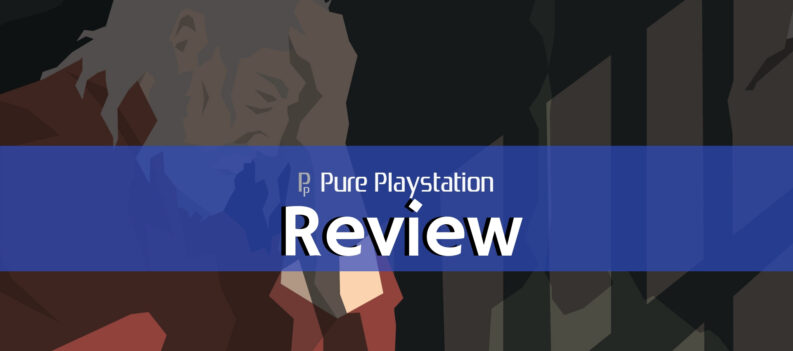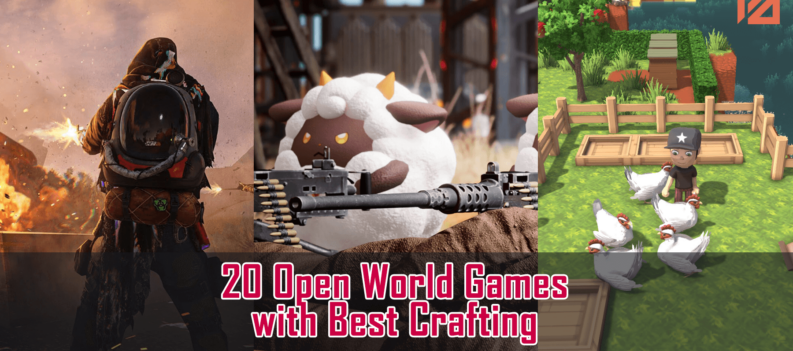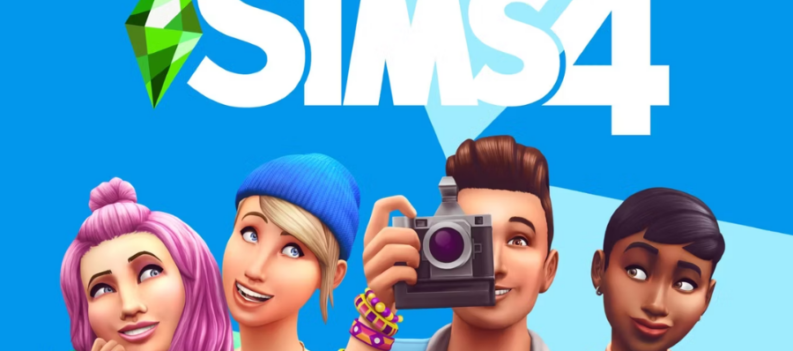Upon starting We Happy Few you instantly get the impression that something isn’t right. Sitting at your office desk, nonchalantly reading newspapers and deciding which articles are safe for the general populace and those that should be censored using a bright red Redactor machine that has the look of an etch-a-sketch, the world that Compulsion Games has created becomes instantly apparent. Within seconds an article catches Arthur, our hero of Act 1, unawares and the worlds bright colours suddenly become drab and muted, the curtain having been momentarily pulled back, and you are presented with your first real choice of the game – in fact the first thing you have had to do since booting the game up – do you pop a pill and go back to blissful ignorance? Or do you choose to remember the world as it is, and upend Arthur from his drug induced delirium and send him out into the big bad world?
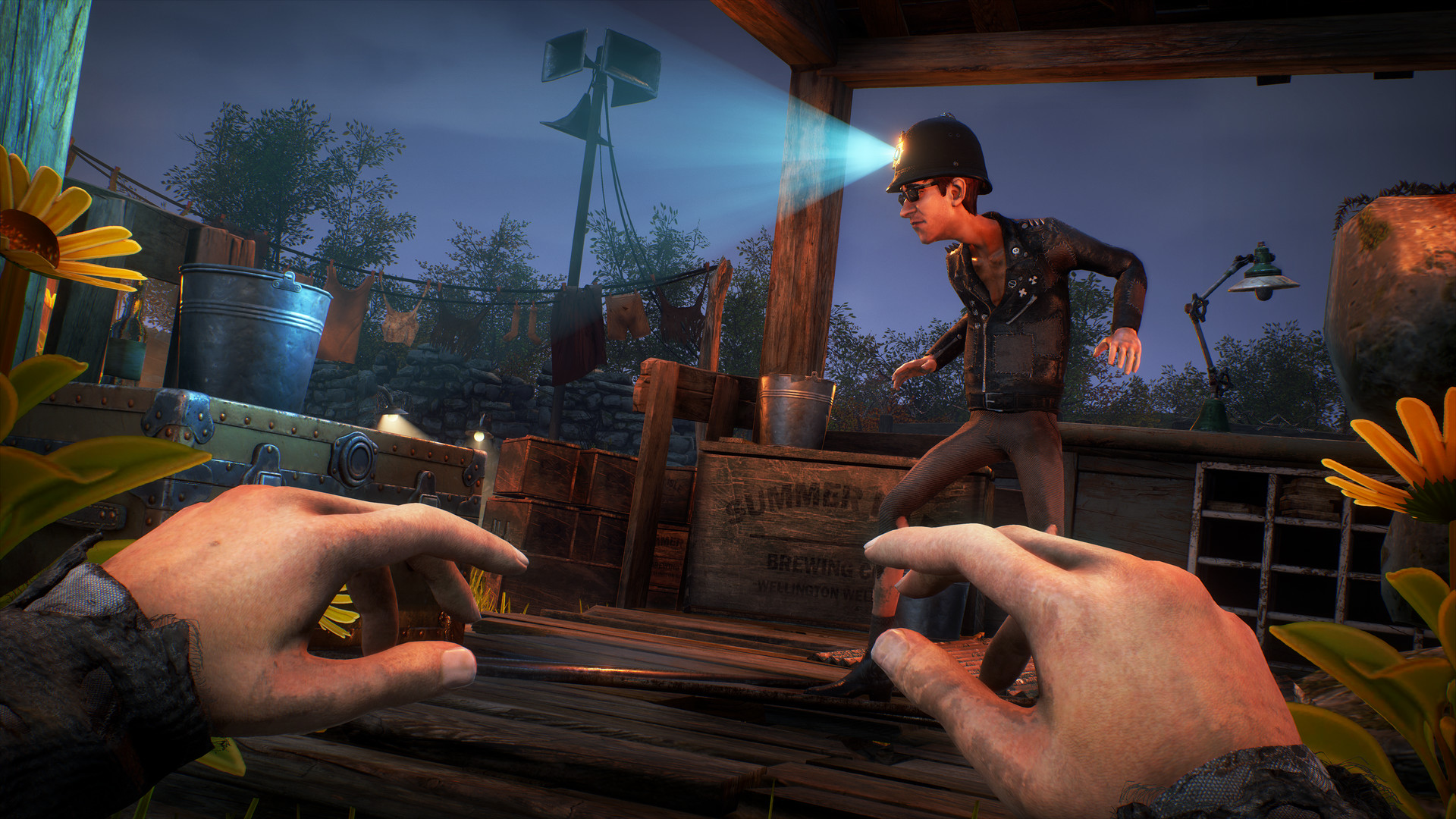
Game Info
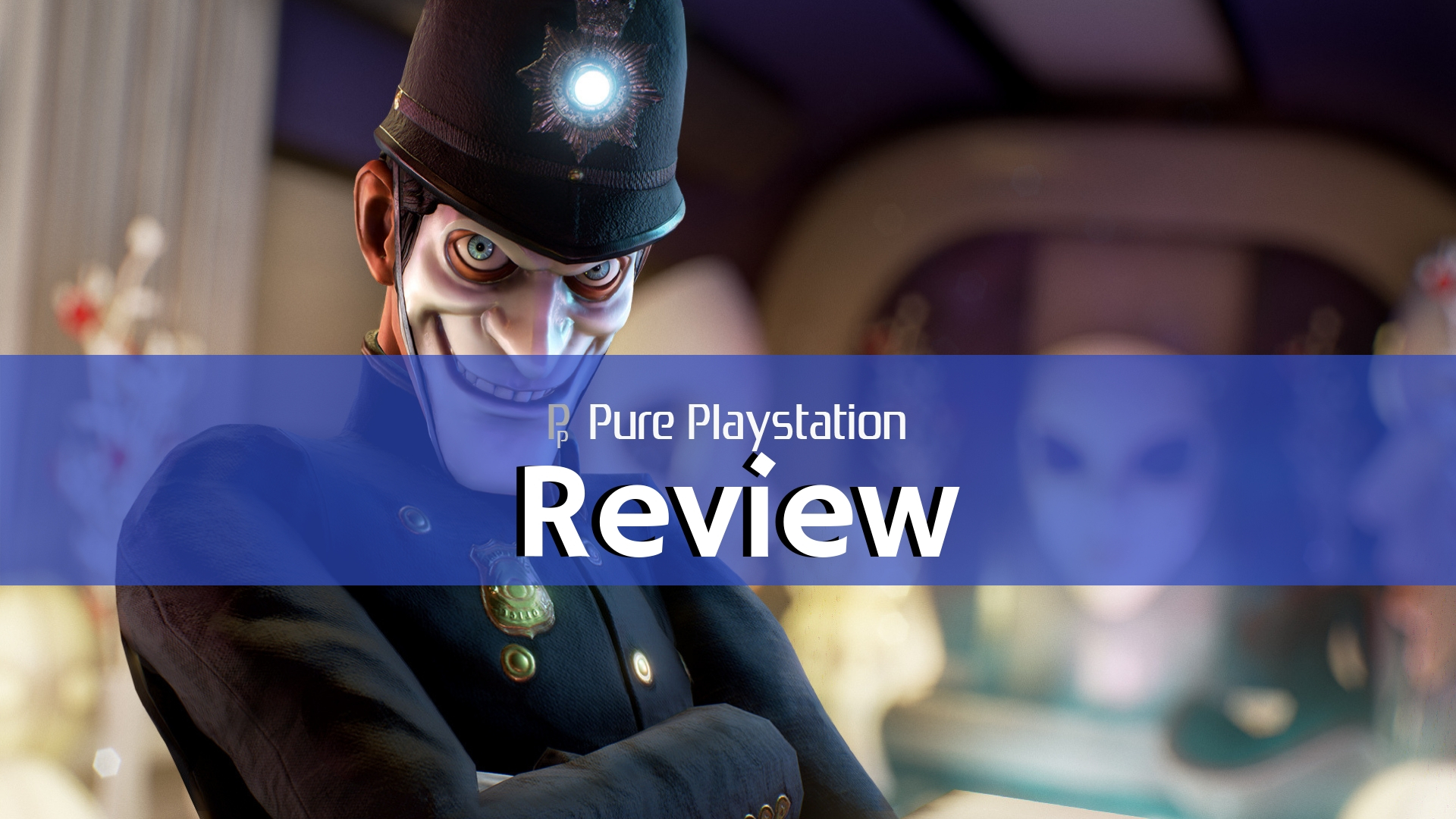
- Developer: Compulsion Games
- Release Date: August 10th, 2018
- Price: $59.99/£54.99/€54.99
And this is how your journey begins in We Happy Few, an action-adventure game set in an alternate 1960’s Britain. The game has taken inspiration from a lot of dystopian fiction, with clear comparisons to 1984 and A Clockwork Orange, to more gamer specific narratives like Bioshock and Fallout. From the first few seconds of the intro the game makes no secret of the fact the world you inhabit is a lie, and quickly Arthur descends from his cushy office job at the Department of Archives, Recycling & Printing into a club wielding, trespassing Downer, the name given to a person who is off their meds. Meds in the world of We Happy Few take the shape of a pill known as Joy, a drug that suppresses negative emotion and causes its users to see the world in cheery, bright shades while masking the cracks in between.
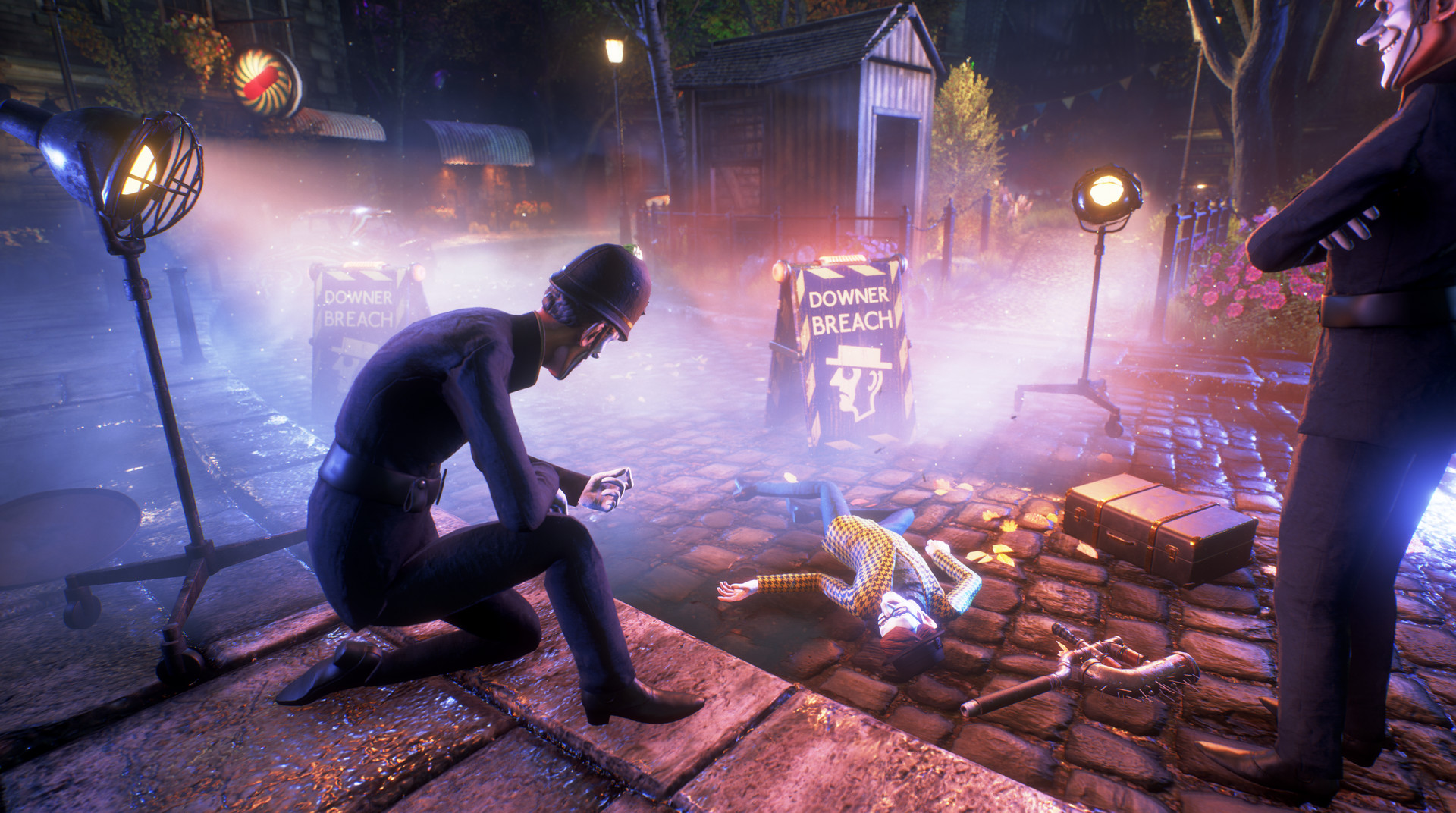
Starting the game as Arthur you witness first hand this descent from a happy, law-abiding citizen into a panicked and frantic everyman, wanting to get to safety while at the same time trying to work out what the fudge has gone on and how the world ended up in the state it’s in. As you leave Arthur’s office and enter Wellington Wells proper, the Joy induced hallucinations slowly ebb as the drug leaves your system ,revealing the world as it really is. Every now and again during the opening sequence Arthur will stumble or the screen will shift to give a clear indication that this is the world proper, and this is the world as it is seen through the eyes of the “Wellies” – those white masked, Joker-smile wearing NPC’s from the trailers who pop their euphoria inducing Joy without a second thought. We Happy Few uses this technique well during the game’s opening act to really hit home just how far this world has slipped, and as a means of hooking you in it works. Just like Arthur you want to know what has gone on, not just on a societal level, but on a personal one for Arthur too as you try to find out just what it was that happened and how that had an impact on Arthur and his missing brother Percy.
We Happy Few does an excellent job during it’s opening act of putting you in the same position as Arthur, with many of the questions he faces being the ones you want answers to as well. Arthur isn’t the only playable character in we happy few, but as a way of immersing yourself in the world of Wellington Wells and its surrounding areas he’s a good starting point. Combat is introduced through Arthur, first as a means of defending yourself, but it quickly becomes a means of simply getting what you want. Melee combat is swift and brutal, with the standard bats and shovels available to bash anyone’s head, should they decide to get in your way.
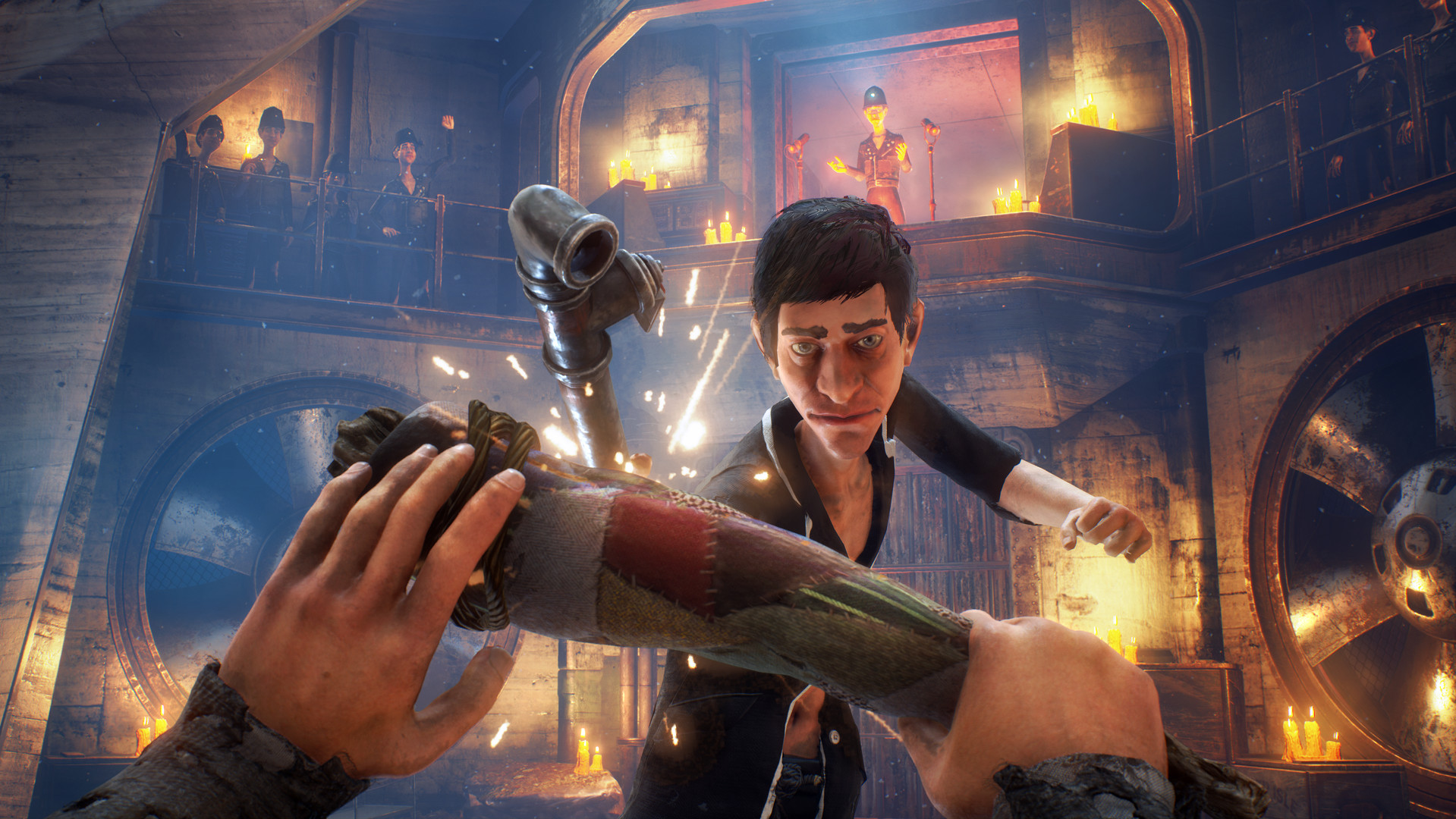
Should you choose, many of the games encounters can be avoided using stealth, hiding behind objects or tall grass. This works well enough, with some areas offering a number of routes to take allowing for a number of options to play out, but I felt that combat was always the way to go fairly early on. I quickly upgraded Arthur through the games skill tree and found that I quickly felt over powered so that combat was the swiftest and often easiest option. During a few sequences where the game forces stealth upon you it often highlights exactly what it wants you to do.
Arthur, Sally and Ollie, the games other two playable characters, all have the ability to craft items to help you on your way using materials found as you explore. Crafting is a simple affair, with the items you can currently craft highlighted and those unavailable grayed out, with a list of ingredients needed to build them displayed by each craftable. Some items can be upgraded further to help you out, and dipping in and out of what can be crafted is simple and quick enough that it never really takes away from exploration or combat that is really the meat and veg of the game.
The game is split into three main Acts, with each focusing on one of the games three protagonists. Gameplay doesn’t differ drastically between the three, but each one comes with a different skill tree and a variety of items that can be crafted that are specific to them. This does make you pause and consider your approach when playing as each one, as what works best for Arthur might not be the most efficient for Sally or vice versa but not in any meaningful or game changing way.
One of my main gripes with We Happy Few were the quests. Often these take the shape of simple fetch quests – go here, get this, craft that, give it to them, and this cycle quickly gets repetitive. A few times the game does mix things up, but over all the basic premise is as described, with the reward offered often not enough to warrant the deviation from the main story. In fact, a few hours in the main reward I felt had any real substance was the experience I gained which would unlock skill points to level up my skills and abilities, which would often be unobtainable without completing side quests, and so this became my sole motivation for doing so. To that end, I often felt I would simply rush each objective as opposed to fully exploring and making the most of the little venture, as I’m sure they were each originally designed to be enjoyed.
We Happy Few is a largely enjoyable game with a story that feels pertinent in more ways than one. Exploration and combat are enjoyable, and crafting means that often other options become available should you want to take a slow and steady approach. If you enjoy games such as Fallout and Bioshock you’ll be sure to find something to like here, even if the sidequests do sometimes feel a little bit on the repetitive side.
Review Disclaimer: This review was carried out using a digital copy of the game provided by the publisher. For more information, please read our Review Policy.
Reviewed using base PS4.


